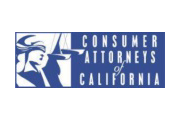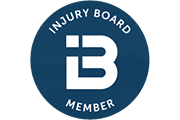As of September 2014, motorists are required to abide by the “three-foot rule” when passing bicyclists on the road. While there is no tried-and-true test to measure 36 inches while in the action of driving, if a vehicle’s open door would touch the cyclist, the vehicle is likely too close. Motorists found in violation of the law will face a $35 fine. Additionally…
Avoid passing other vehicles, including motorcycles and bicycles, on two-lane roads. It is dangerous. Every time you pass, you increase your chances of having a collision. Be patient when passing a bicyclist. Slow down and pass only when it is safe. Do not squeeze the bicyclist off the road. In the event of a bicycle accident or collision, a bicycle accident lawyer in San Francisco can help navigate your case for injury compensation.
Under “Road Workers and Work Zones”? we find this discussion:
In work zones where lanes are narrow or where the shoulder is closed, watch for bicycles and “share the road”? when they are present.
The current DMV test for California drivers license also has questions about sharing the road with cyclists. Some questions I’ve heard of and seen on sample tests include:
You must look for bicycle riders in the same lanes used by motor vehicles because they:
To make a right turn at the corner, you:
On a green arrow, you must:
How does this compare with your state’s driving manual and driver’s license test?
See the California Drivers’ Handbook here.
You can also search and read the California Vehicle Code regarding bicycles.
And see our Bicycle Safety for Riders and Drivers page.





